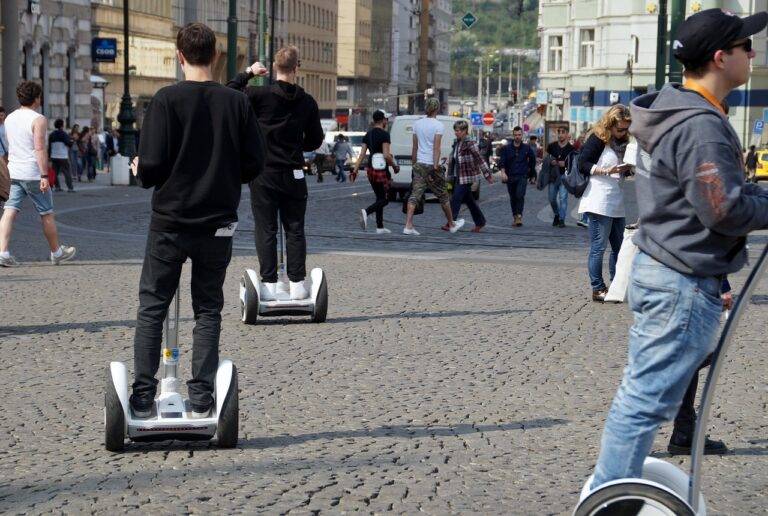Review: Breakthroughs in Virtual Reality Filmmaking
Immersive storytelling techniques have revolutionized the way narratives are delivered to audiences, creating more engaging and memorable experiences. By incorporating elements like virtual reality, 360-degree videos, and interactive storytelling, creators can transport viewers into the heart of the story, making them active participants rather than passive observers. These techniques allow for a deeper emotional connection between the viewer and the content, resulting in a more profound impact and lasting impression.
The use of cutting-edge technology, such as spatial audio and dynamic lighting, further enhances the immersive experience for viewers, creating a sense of presence and realism. This multi-sensory approach to storytelling enables creators to blur the lines between reality and fiction, compelling audiences to suspend disbelief and fully immerse themselves in the narrative world. As immersive storytelling techniques continue to evolve, we can expect to see even more innovative and captivating forms of storytelling emerge, pushing the boundaries of traditional storytelling and offering viewers exciting new ways to engage with content.
Advancements in VR Camera Technology
VR camera technology has seen rapid advancements in recent years, revolutionizing the way content creators capture immersive experiences. The latest cameras not only offer higher resolutions but also provide enhanced capabilities such as live streaming and real-time editing. These developments have opened up new creative possibilities for filmmakers, allowing them to transport viewers into breathtaking virtual worlds with unprecedented realism.
One of the key breakthroughs in VR camera technology is the development of compact, easy-to-use cameras that offer professional-level performance. These user-friendly devices make it easier for creators to shoot high-quality VR content, whether they are seasoned professionals or aspiring beginners. Additionally, advancements in stabilization technology have significantly improved the quality of VR footage, reducing motion sickness for viewers and enhancing the overall viewing experience.
Interactive Experiences for Viewers
Immersive storytelling has taken a significant leap forward with the advent of interactive experiences for viewers. This cutting-edge technology allows audiences to engage with the content in a whole new way, shifting from passive observers to active participants in the narrative. By incorporating interactive elements, such as decision-making points or interactive environments, viewers are empowered to shape the direction of the story and have a more personalized and engaging viewing experience.
The implementation of interactive experiences not only enhances viewer engagement but also opens up a world of creative possibilities for content creators. With the ability to offer multiple story paths and outcomes, creators can cater to a diverse range of audience preferences and create a more dynamic and immersive storytelling experience. This innovative approach to storytelling blurs the line between traditional passive consumption and active participation, revolutionizing the way stories are told and experienced in the digital age.





